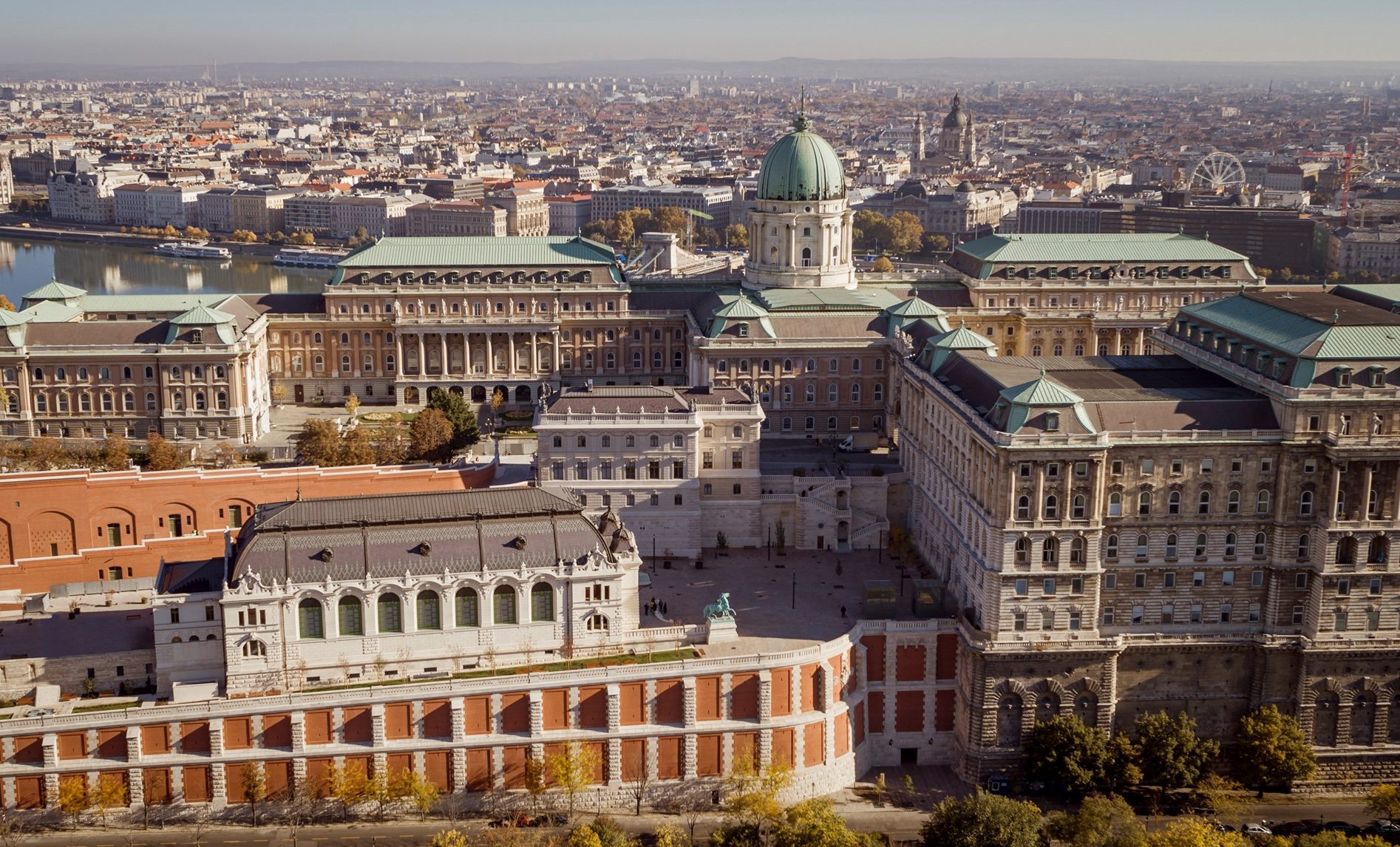
As part of the Hauszmann Program, the Royal Palace of Buda Castle will soon be restored to its original appearance.Continue reading
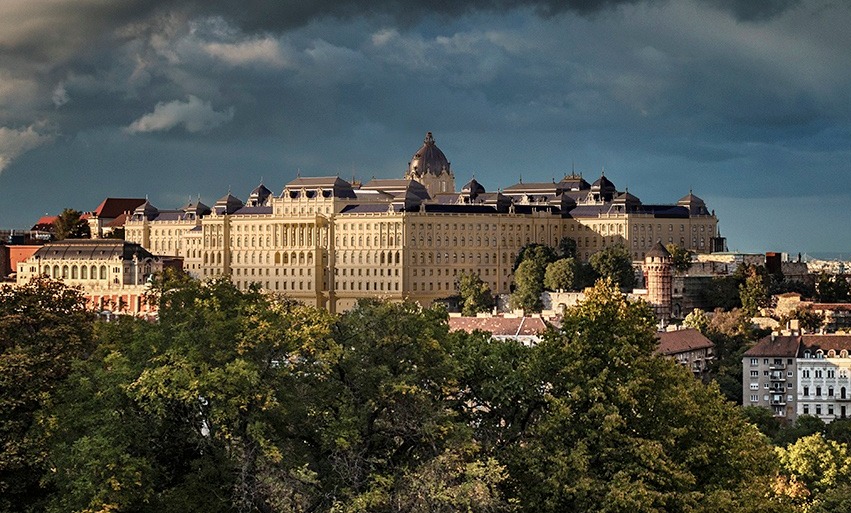
Not only a spectacular World Heritage site, but also a symbolic site of Hungary, St. George’s Square is the heart of the Palace District. The area is being reborn as part of the renovation program, and will be greener, better organized and more ornate, Index spotted the National Hauszmann Program’s latest Facebook post.
The Carmelite building complex was renewed by the end of 2018, and in 2019, car traffic and parking on the square were eliminated, opening the area once again to pedestrians. In addition, the green areas were renovated with temporary landscaping and street furniture was installed for relaxation.
On the west side of the square, work is well underway to rebuild the Archduke Joseph’s Palace, a former royal residence.
The building, constructed by the Magyar Építő Zrt., will be the home of the Constitutional Court of Hungary.
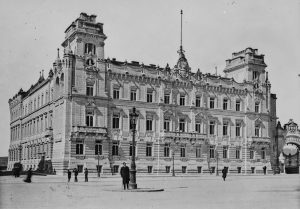
Archduke Joseph’s Palace on St. George’s Square in 1905. Photo via Fortepan / Deutsche Fotothek / Brück und Sohn
In addition, the building of the Defense Headquarters will soon be completed by Fejér-B.Á.L. Zrt. and will house the Military History Institute and Museum. The restoration of the northern wing of the Buda Castle is also on schedule. An exhibition on the history of the castle will be open to visitors in the renovated part of the building.
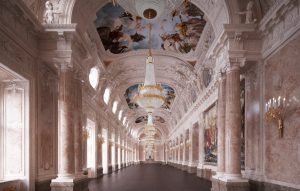
Part of the Buda Castle is already restored. Photo via Facebook/Nemzeti Hauszmann Program
Work is expected to start in the first half of 2025, and although the timing of several major developments will need to be coordinated, it is planned that within a few years a reborn square will be ready to welcome visitors.
The square will be designed in line with historical traditions, but will also meet today’s expectations. It will be a real jewel in the crown of the Buda Castle district, with new green areas that will provide a public park for recreation.

Photo via Facebook/Nemzeti Hauszmann Program
The central feature of the square will be the Szabadság oszlopa (“Liberty Column”), designed by Marco Casagrande. The renowned Italian-born architect and sculptor dreamt up his large-scale composition inspired by the Revolution in 1848, but his work has never been realized until now.
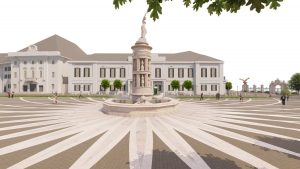
Photo via Facebook/Nemzeti Hauszmann Program
The ornately carved, imposing column will feature the 12 points in allegorical form, topped by the female figure of Hungaria. The sculpture will be surrounded by a 12-sided marble fountain with three lions. The area around the new column will be covered with decorative paving. Durable, ornamental and natural stone materials will be used, including the reuse of the large cube stones currently used as paving stones.
The main thoroughfare will remain on St. George’s Street, but in the future there will be wider areas to walk through and barrier-free access will be provided.
A wide walkway will be created along the castle wall as a continuation of the Tóth Árpád promenade. A larger reception area will be created at the northern entrance, with the national flag at its center.
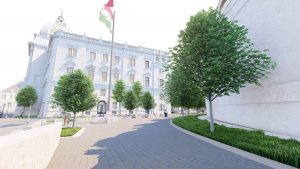
Photo via Facebook/Nemzeti Hauszmann Program
It is planned to reinstate the statues and works of art that have previously stood on the square, giving them a worthy and permanent home.
The medieval ruins of the church of St Sigismund, which once stood here, will be removed, as archaeological excavations have shown that they do not currently stand on the site of the church. The church will be recreated for visitors using 21st century digital solutions.
Via Index, Featured image: Facebook/Nemzeti Hauszmann Program